
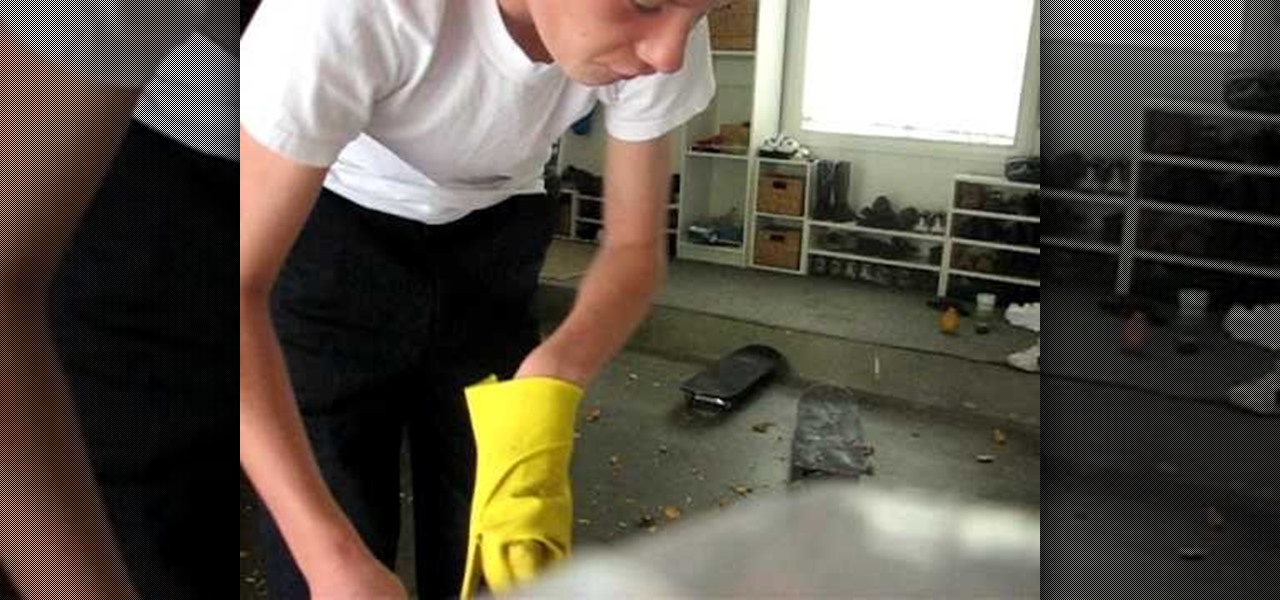
How To: Make a worm farm
To make a worm farm, you will need mud, water, a fruit or vegetable and a big container. First, fill a big container full of mud. Add water to it. Then, cut up your fruits or vegetables. Add your fruits or vegetables to the container full of mud and water. Next, put on some work gloves, grab a spade and collect worms from the outside dirt. You can also purchase them, if you'd prefer. Add the worms to the big container. After about two weeks the worms will start to reproduce. After about four ...

How To: Transplant Papaya Trees
Papaya trees are very vulnerable to transplantation shock. Seedlings tend to recover slowly and poorly after replanting in a new location under a sunny sky. Many internet articles advise that papaya trees should be transplanted without injury to their root systems. Keeping the root systems intact is next to impossible if the papaya seedlings are too close to each other. However, you would be surprised to learn how a papaya tree with serverely broken root systems can survive a transplantation ...
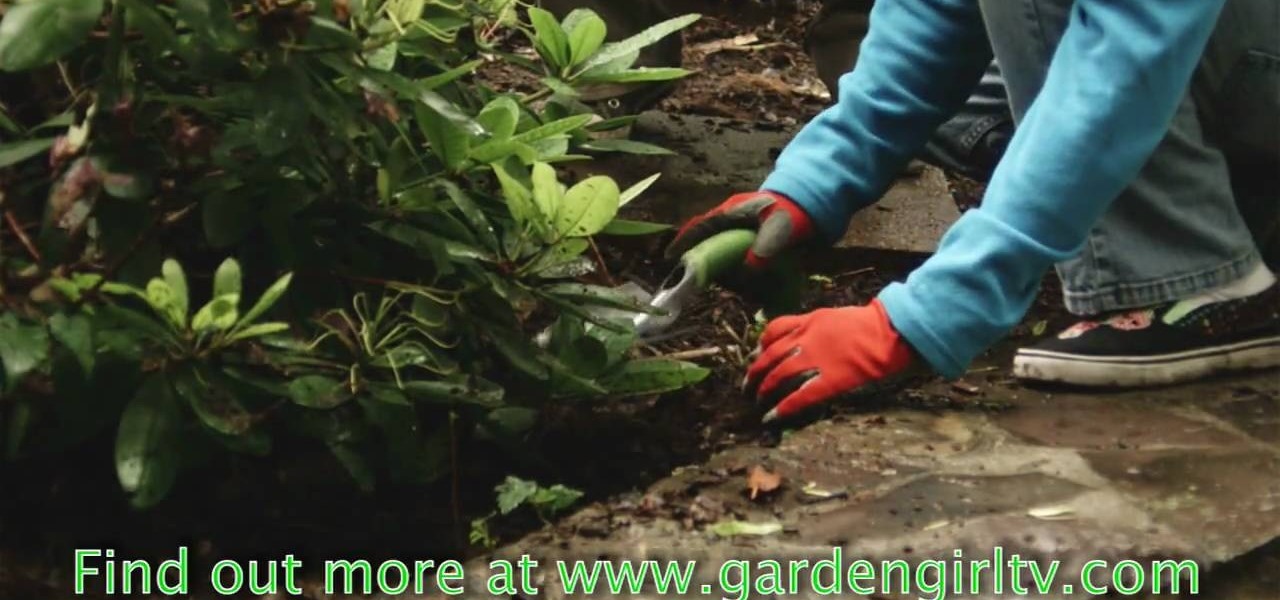
How To: Plant strawberries as ground cover
GardenGirltv shows viewers how to plant strawberries as a ground cover! With a strawberry patch or field you will have to always continually plant strawberries! The plants will last a few years and every year you should add new plants to your areas for each year. First, you need to get a bundle of strawberry plants you need to rake the area you are planting them in. Make sure you put each plant 18 inches apart. First, you should take your strawberry plant dig a trench, lay it flat and cover i...
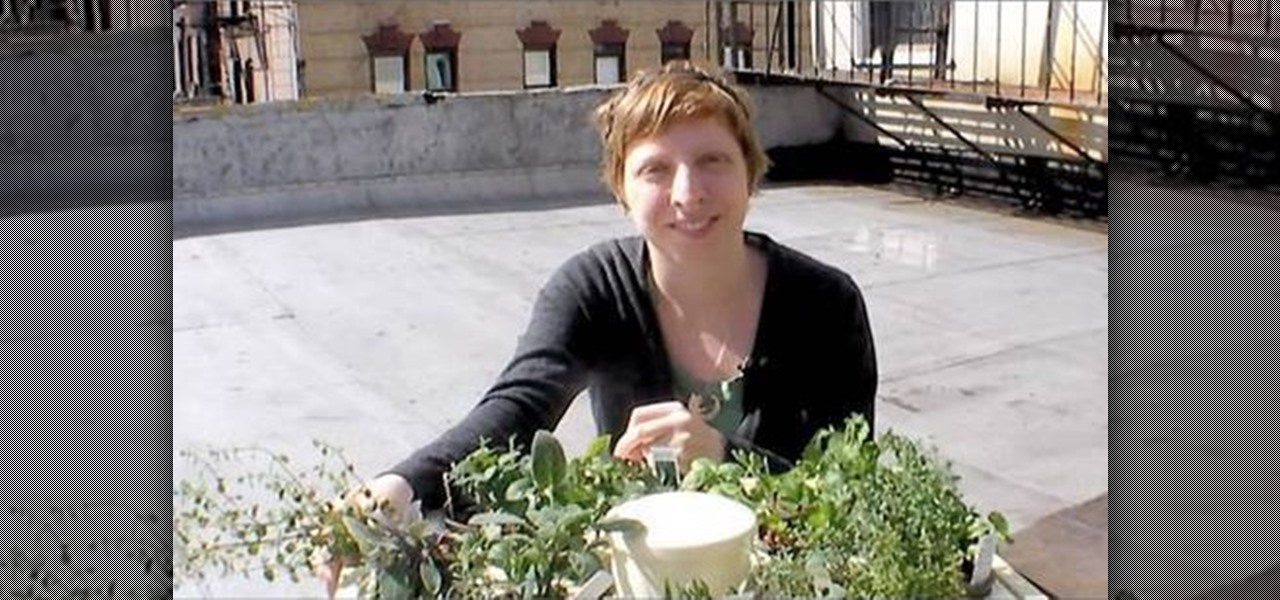
How To: Set up a hydroponic herb garden on your rooftop
Setting up a hydroponic herb garden might sound like a dauntingly big project but, as this clip demonstrates, it's much more manageable than you might expect. It's so straightforward, in fact, that this gardener's guide can present a complete and thorough overview of the process in just over three minutes' time. For more information, and to get started setting up your own rooftop hydroponic flower or vegetable garden, take a look!

How To: Get rid of tent worms without insecticide
Talk about taking one for the team. If you're an eco-friendly earth muffin who refuses to use anything chemical-ridden on yourself and the environment around you, then there exists a gnarly - though effective - approach to killing a tent worm infestation that you may want to try out if you're not squirmy.
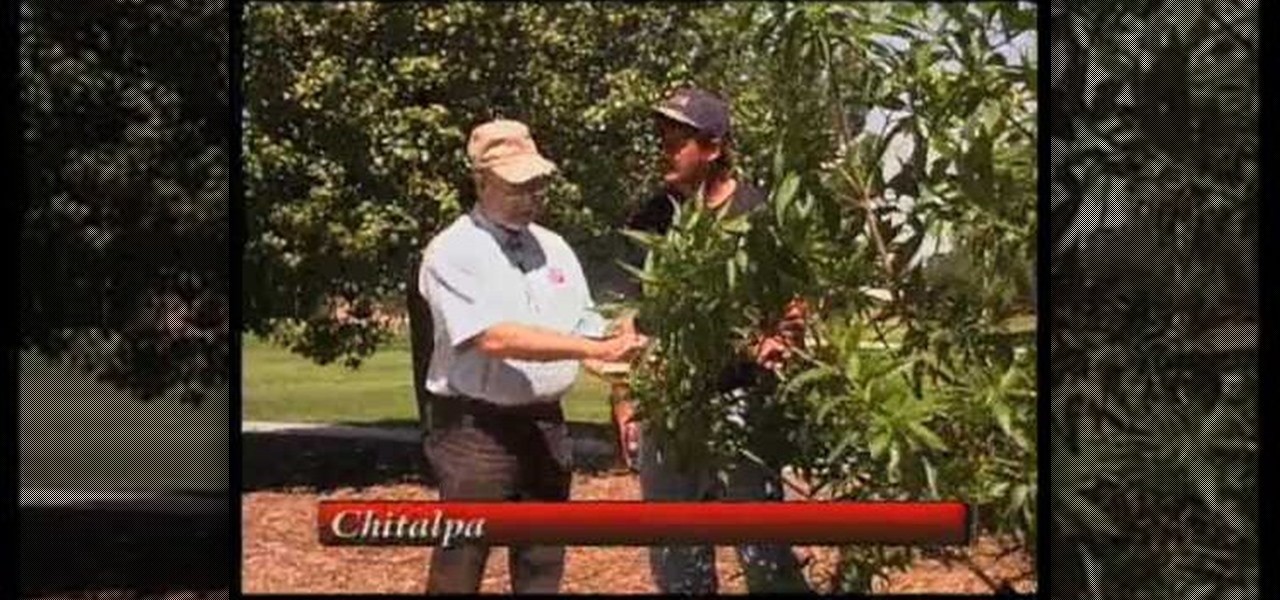
How To: Choose the right tree for New Mexico gardens
Curtis Smith, Extension Horticulturist, and Jeff Hart of the Albuquerque Parks Department discuss the types of trees that grow in Albuquerque.
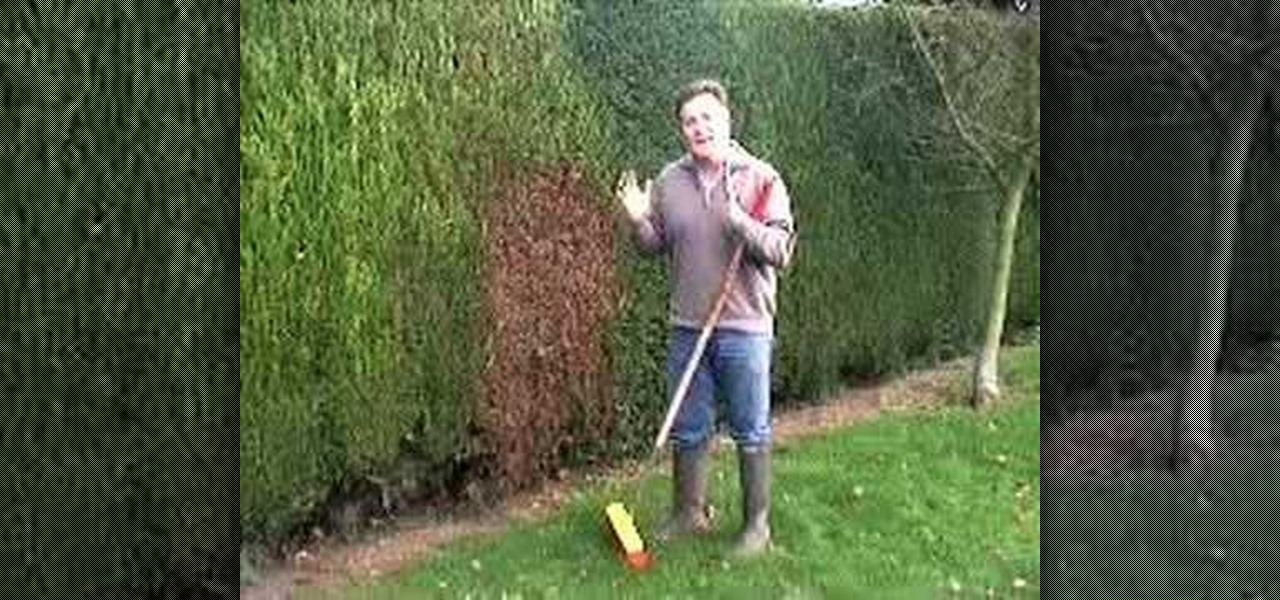
How To: Deal with brown patches on Leylandii hedges
Over the past few years brown patches on leylandii hedges has been a real problem in some areas. These patches are caused by conifer aphids that feed by sucking the sap from the new shoots. In this gardening tutorial, Martin Fish from Garden News shows you how to deal with brown patches on your Leylandii hedges.
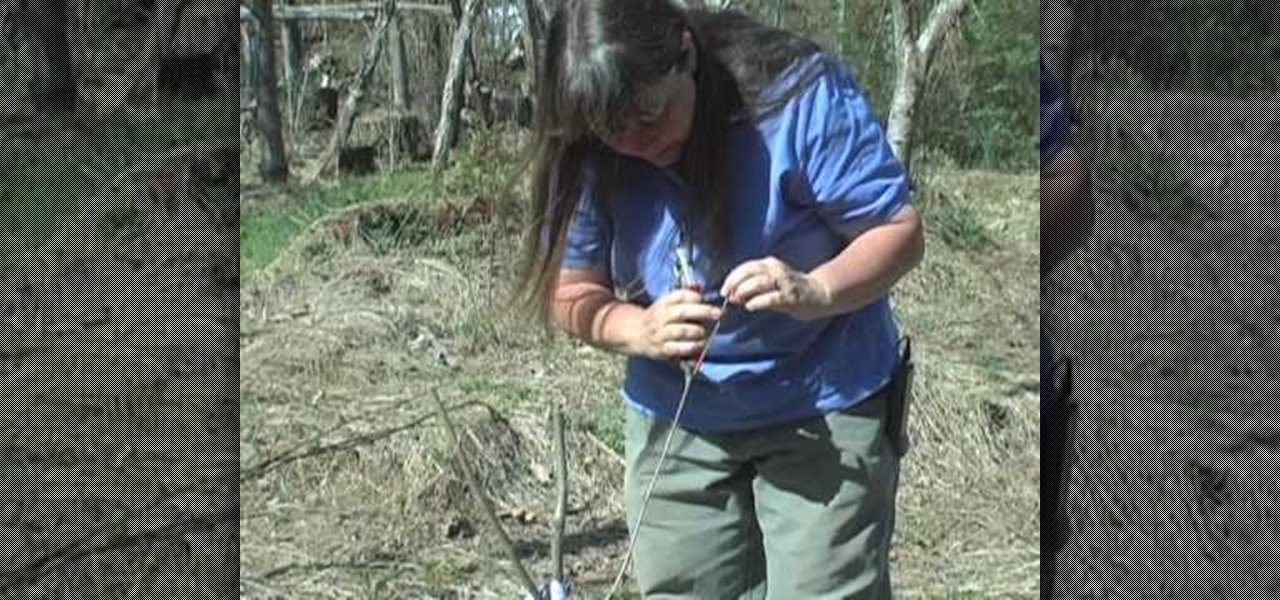
How To: Prune trees into bushes
Pruning is a commong practice that involves removing certain parts of a plant to help improve or maintain its health. It also helps reduce the chances that any branches fall on people and keeping it safe from possible disease. For some trees, instead of letting them grow to giant proportions, you can actually prune them to a certain point so they instead grow to be the size of bushes.
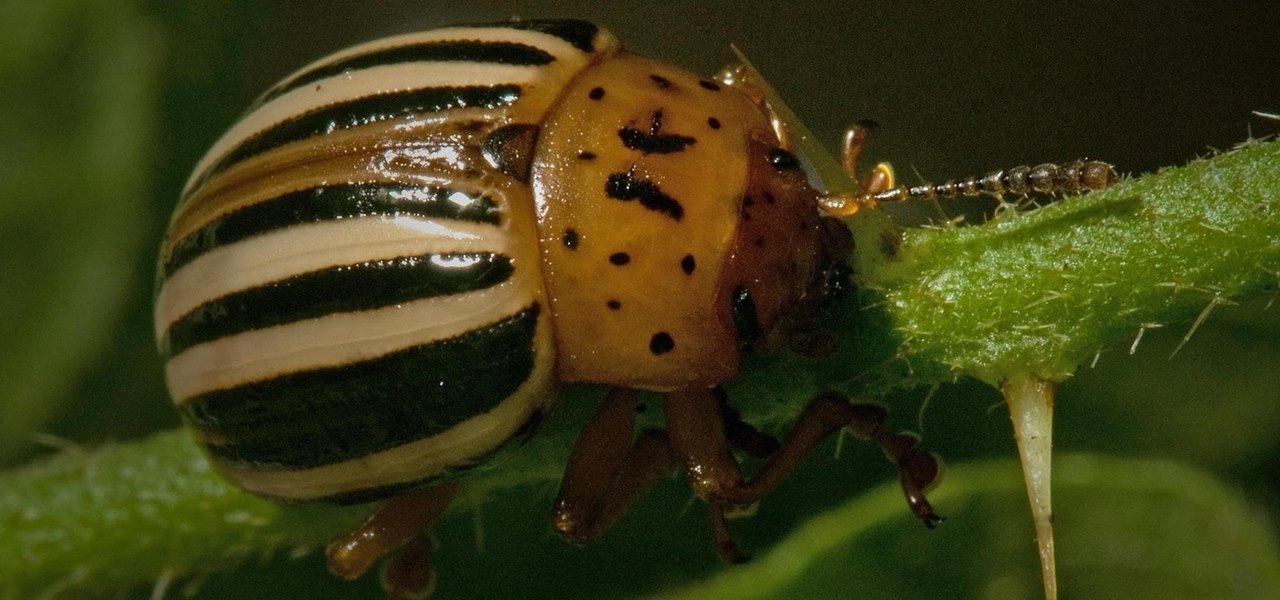
How To: Get Rid of Plant-Eating Pests Using 100% Natural Solutions from Your Home and Garden
Navigating through row after row of plants, my tiny fingers would reach into the leaves to pluck all the vile little creatures from their homes and deposit them into a can of gasoline. Potato bug duty, my least favorite gardening chore. Growing up, my family had a small garden every year. And every year, I was recruited to help plant, maintain, and eventually harvest the vegetables from it. There were some tasks I didn't mind, but the ones I hated most usually involved bugs (have you ever see...
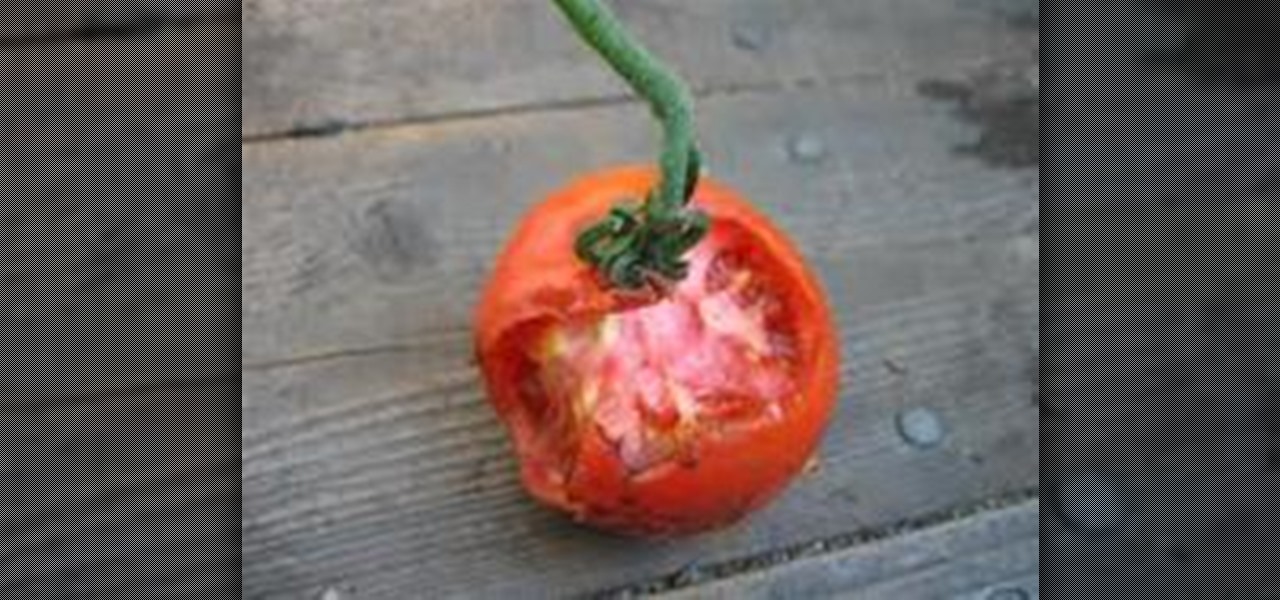
How To: Save Your Tomatoes From Rats And Rot
Every summer my husband and I plant a tomato plant. We do this to enjoy the plump red tomatoes right off of the vine.
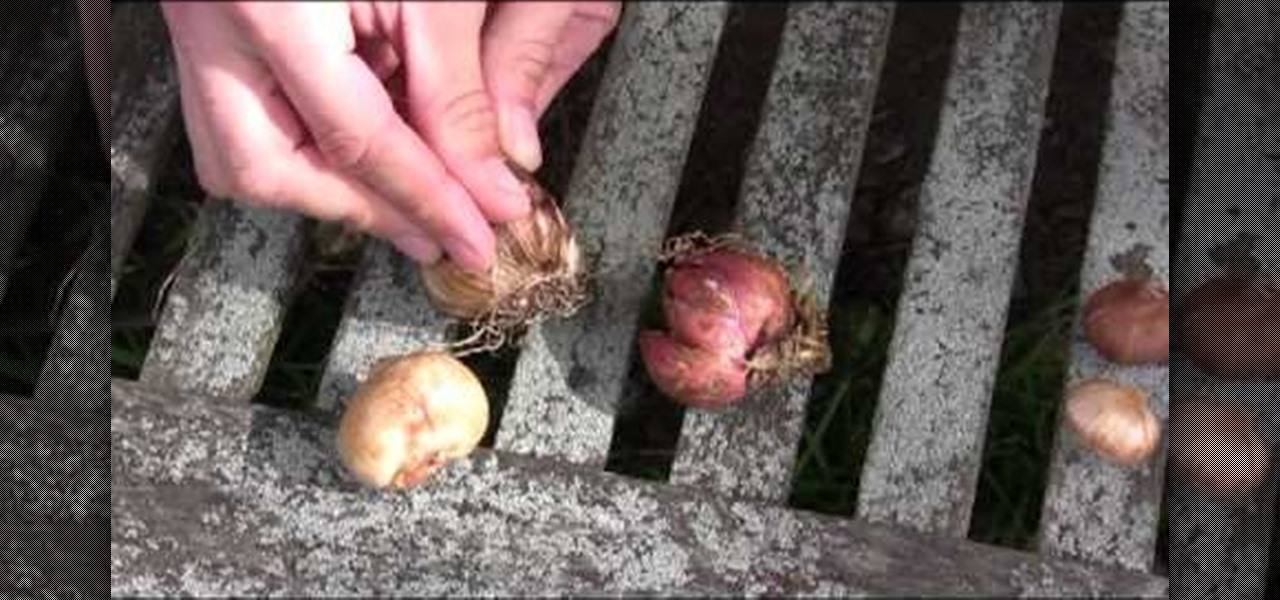
How To: Distinguish different types of bulbs
In this tutorial, Scott Atkinson shows us how to identify different types of bulbs. Common types of bulbs are: tulip, daffodil and lily. These are most easily identified but there are many that appear in flowers. A core looks similar to a bulb but it is a solid tissue and doesn't have an leaves, just a hard core with a protective covering. There is also tubers which are what potatoes and other foods grow from. These cause eyes to form and create different types of things to grow. You will now...

How To: Read a Lowe's plant care tag
This quick video tutorial from Lowe's will show you how to properly read a plant's care tag. Every Lowe's plant has its own Care Tag, and by reading the tag you will earn how to care for your individual plants. Each tag also comes with a number which you can type in at lowes.com/plants. Here you will find more detailed information about your plants. The tags also come in different colors, and these also have a meaning, for example purple tags represent plants that are good in low light condit...
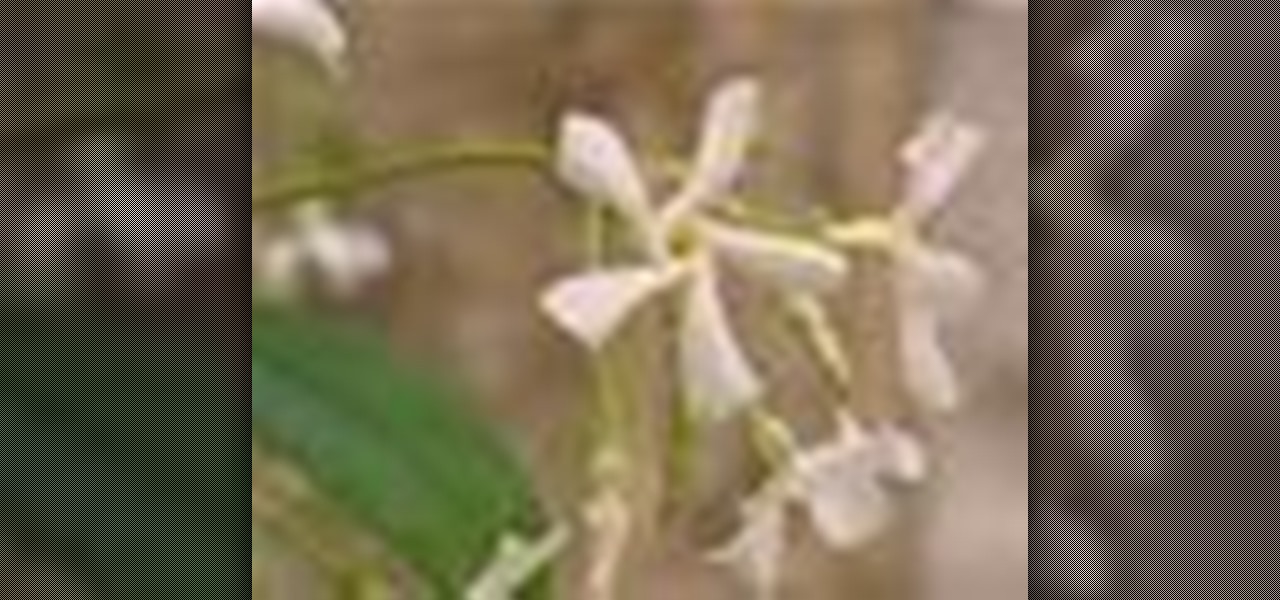
How To: Repot a jasmine plant
Monty Don offers video guidance on repotting a star jasmine, with advice on retaining moisture and limiting root disturbance.
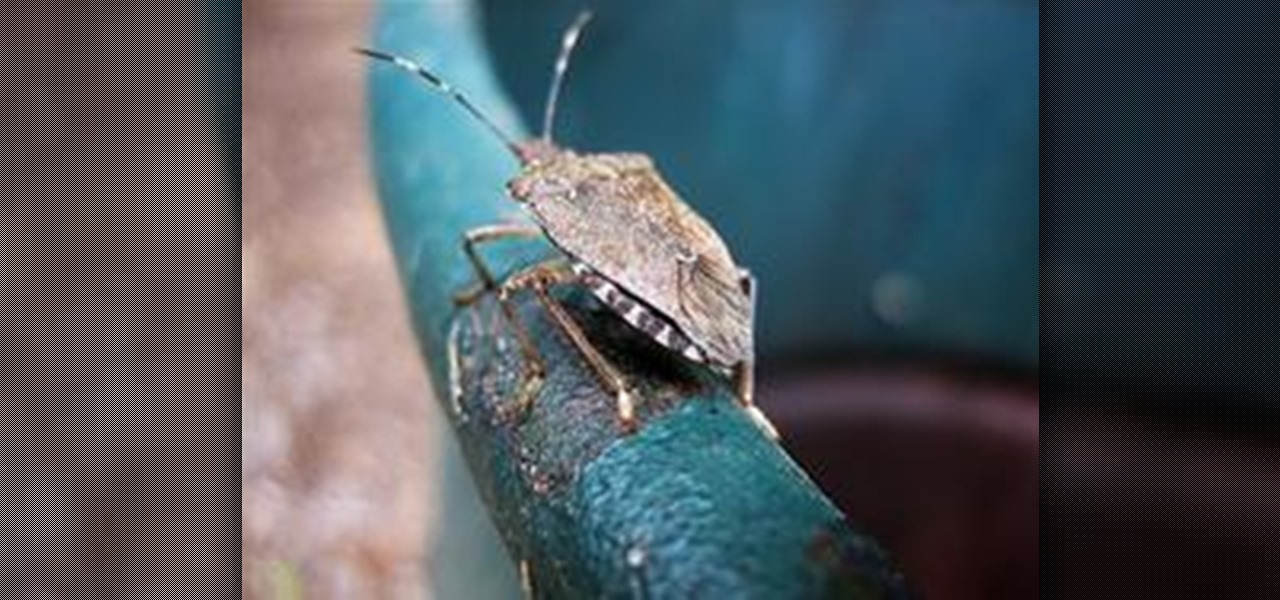
How To: Get Rid of Stink Bugs Without Using Pesticides
Halyomorpha halys, squash bug, shield bug ... What's in a name? A pest is a pest and the brown marmorated stink bug is a pest par excellence. Though some home gardeners are content to use insecticides, you'll find that it's generally easier to work with nature than against it. And let's face it: trading noxious bugs for noxious chemicals isn't much of a victory. Particularly if you're growing food.

How To: Install a drip irrigation system using your existing traditional sprinklers
Get rid of your water-wasting sprinkler system— but not entirely! Keep your landscape and garden maintained by converting those sprinklers into eco- and pocket-friendly drip irrigation. In this how-to video, Paula Mohadjer from the Cascade Water Alliance explains how you can easily convert your sprinklers into a drip irrigation system.
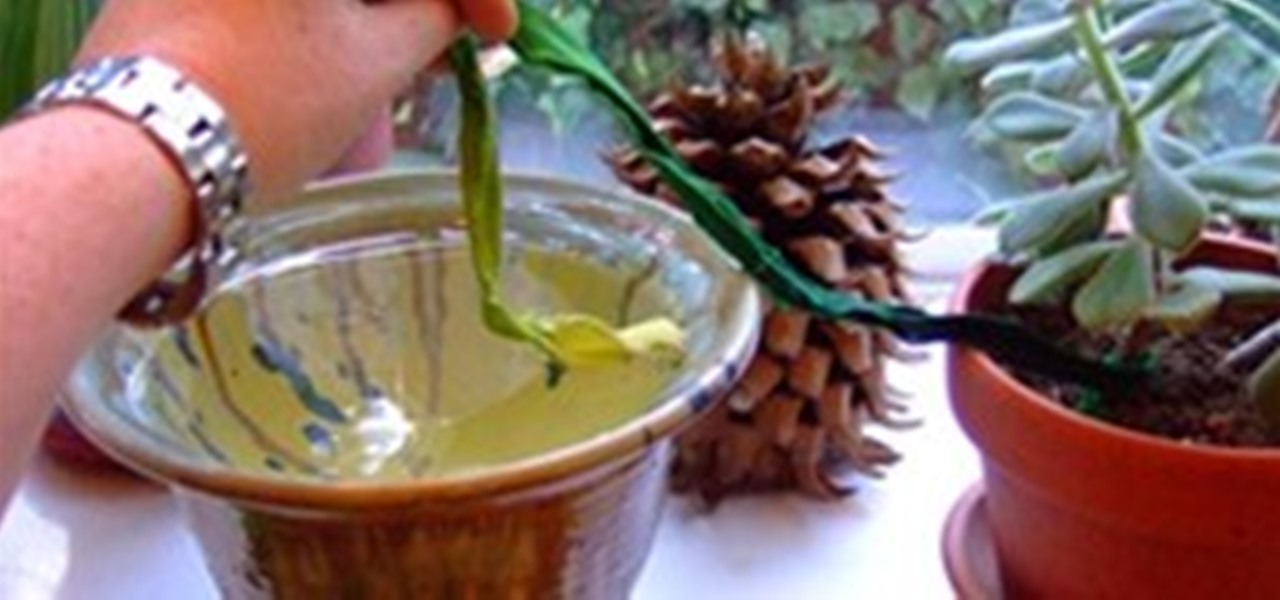
News: The Secret Trick to Self-Watering Plants
There's no longer any need to ask your neighbor to water your plants while you're away. Craftzine's houseplant wicking system offers a very simple solution: Cut some cotton strips. Soak one end in a bowl of water. Bury the other end in the soil of each plant, which in turn keeps the roots moist without drowning them.
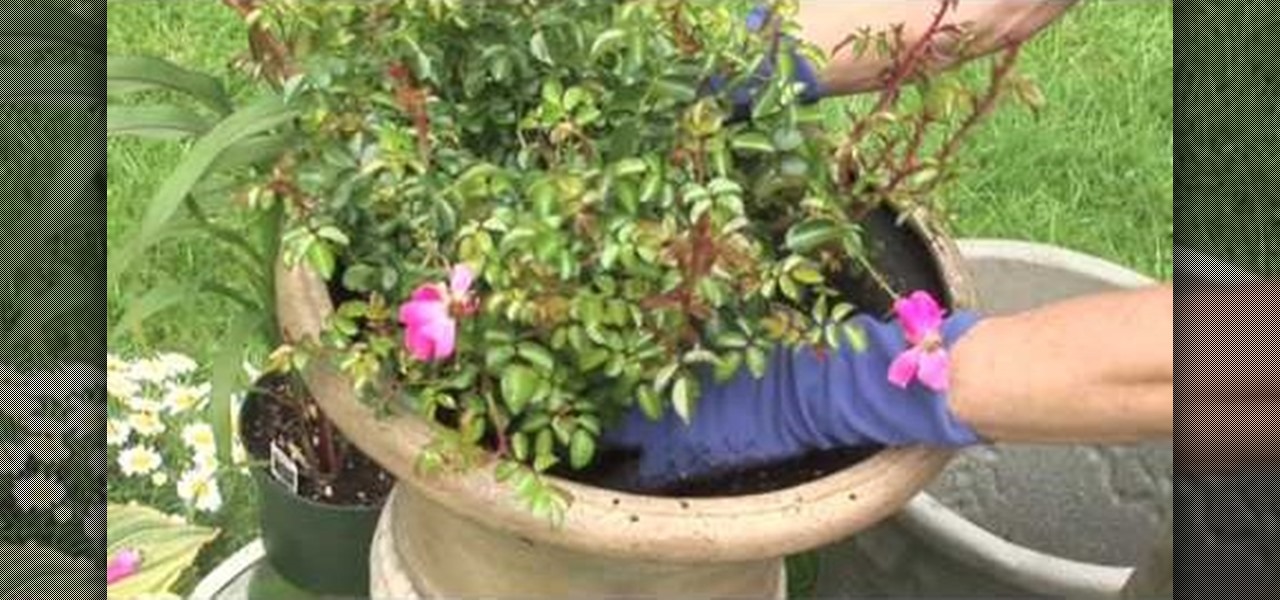
How To: Plant carpet roses in a container
If you're looking for a way to add more flowers to your garden, but are out of space, then try using a container. Containers are perfect for holding one or several different types of flowers. Roses can also be grown in containers as well.
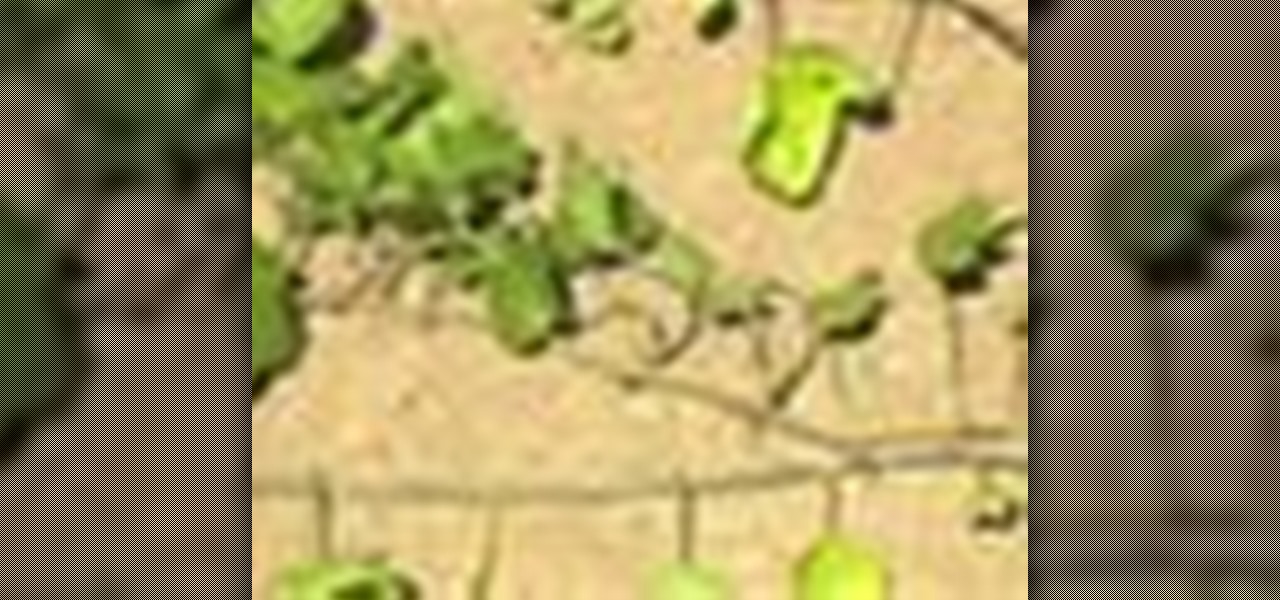
How To: Grow ivy plants
Every one knows what ivy is, but most think of it as the poisonous ivy that gives a horrible itchy rash, but poison ivy isn't the only kind out there. There's beautiful ivy that can make your home more elegant than ever. Growing the prolific ivy plant will convince you that you have a green thumb while adding fresh beauty around your house, indoors and outdoors.

How To: Deal with spindly seedlings
The Survival Podcasting present how to handle leggy or spindly seedlings that have grown too fast. Potted swiss chard seedlings are used as examples. The seedlings are growing well but are a bit floppy or spindly. This happens because the warmth from being started indoors encouraged their fast growth but since there is not enough light for them, they started reaching for the light. A `head space` is developed between the root and the leaves that makes the seedling flop over. A simple trick to...

How To: Care for Mexican elder tree
In this video from nmsuaces we learn how to care for the Mexican elder tree. This is a widely used tree but it is not a good windbreak tree. It could have limb breakage. It's native to northern Mexico and southern California and is found in New Mexico. The sprouts on the tree need to be broken off the sides of the tree otherwise they are taking energy away from the rest of the tree. When it goes through its dormancy, you need to keep dead wood out of it. It needs a water source near it but it...
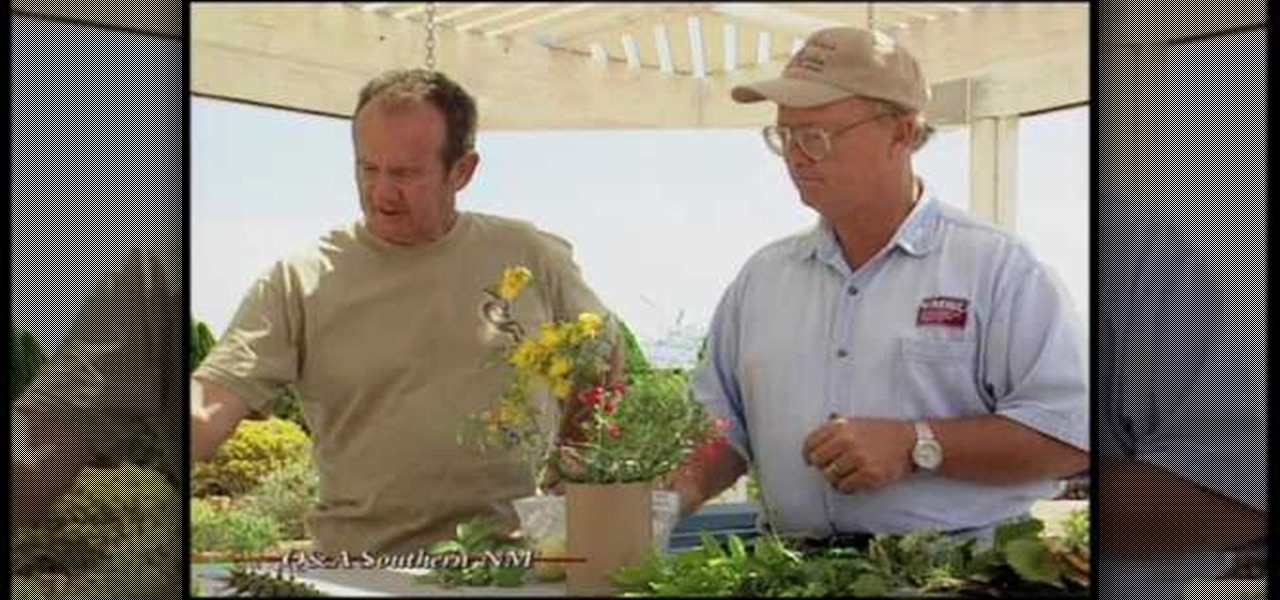
How To: Cure your tomato plant of the dreaded horn worm
How to cure your tomato plant of the dreaded horn worm
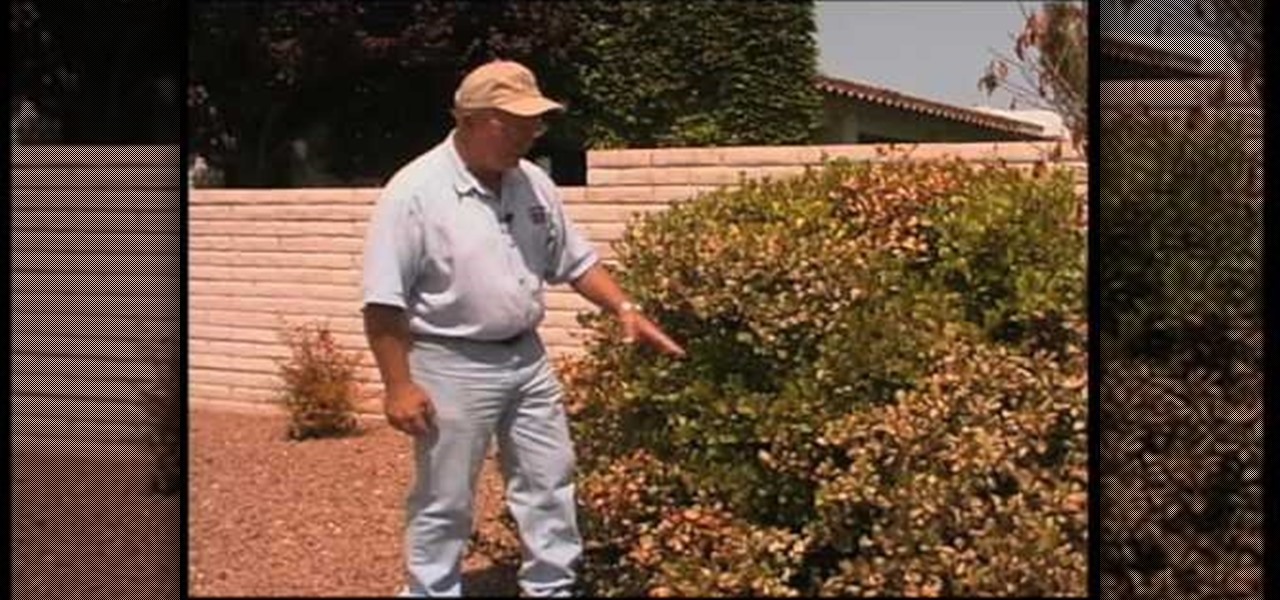
How To: Identify tree damage from a natural gas leak
In this how-to video, you will learn how to indicate if tree damage has occurred due to a natural gas leak. In this example, a Mexican Elder tree has been damaged by the gas leak. You can tell by the brown leaves. The plastic around the soil has trapped the gas in the soil, cutting off the oxygen from the tree. The Indian Hawthorne in this example has also been damaged. There is some foliage burn on the leaves. The bush will have to be trimmed back in order to save it. There are several plant...
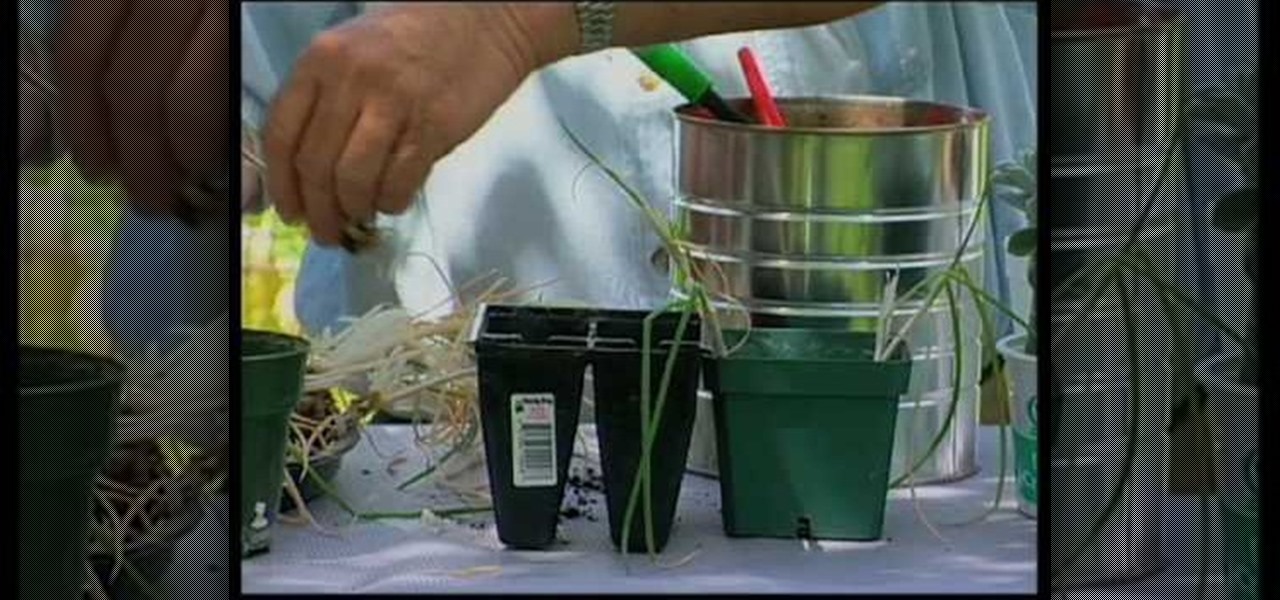
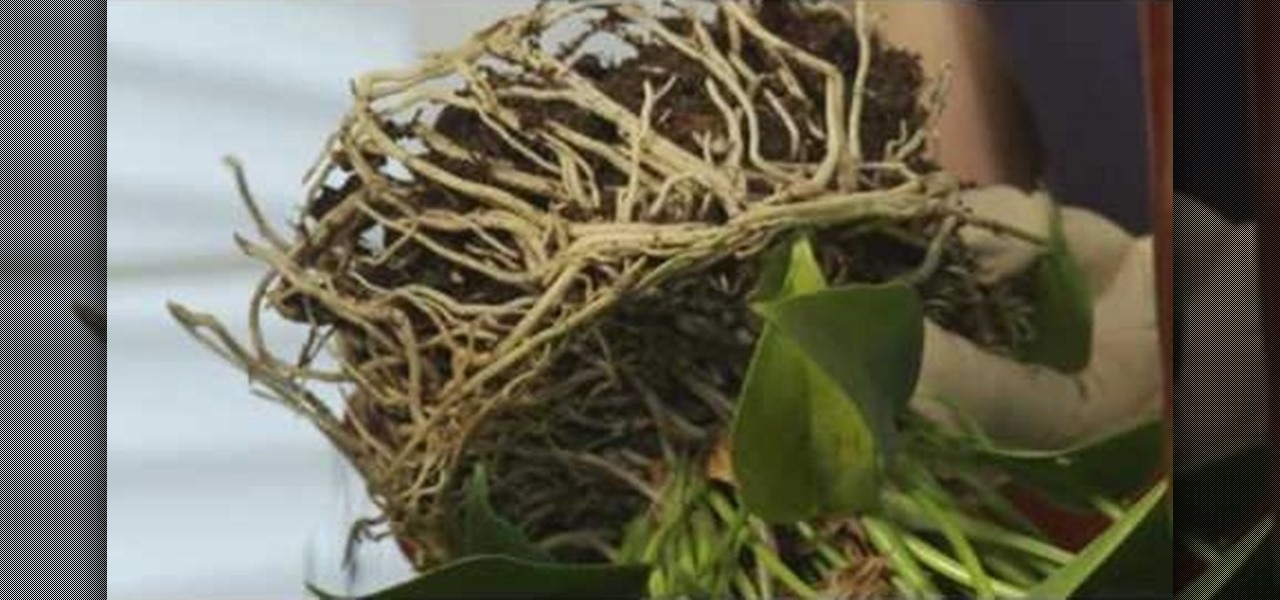
How To: Repot a plant into a larger container
This video from Lowe's shows you how to successfully repot a plant into a larger container. You will know it is time to repot your plant when the roots are visible on the surface, or when they start growing through the drainage hole. If you need to repot one of your plants into a larger container, simply follow these steps: You will need a clean pot that is no more than two sizes larger than the old one. Place a wire mesh or pieces of broken clay pot over the drainage hole. Add a layer of pot...
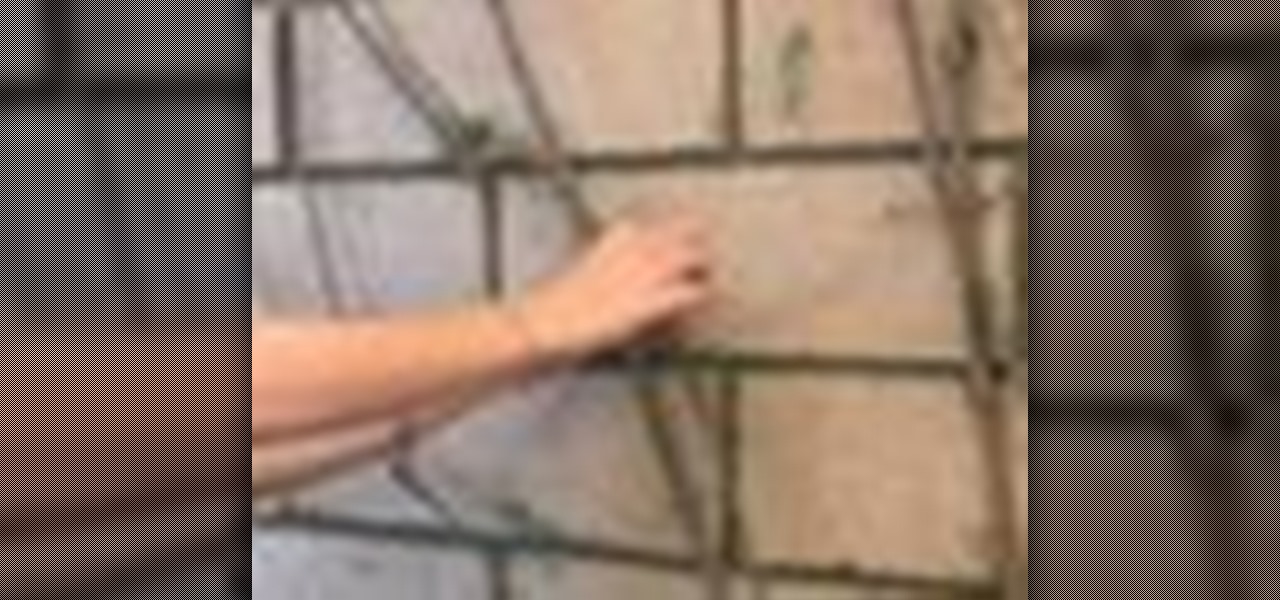
How To: Train a vine
Vines create the perfect look when grown over a trellis, arbor, or arch. You Will Need

How To: Get rid of garden snails and slugs
Tired of losing your gardening efforts to snails and slugs? Use these methods to banish the pests. You Will Need

How To: Grow your own pineapple at home
Growing a pineapple doesn’t take a lot of skill, but it does take a lot of patience—two to three years worth, to be exact. Learn how to grow your own pineapple at home with this video guide.

How To: Inflate a wheelbarrow tire
Wheelbarrow tires are a pain to inflate. They are tubeless, the rim hardly holds a seal, and they just fight with you every step of the way. This how-to video shows you how to use an adjustable strap to inflate a tubeless wheelbarrow tire.
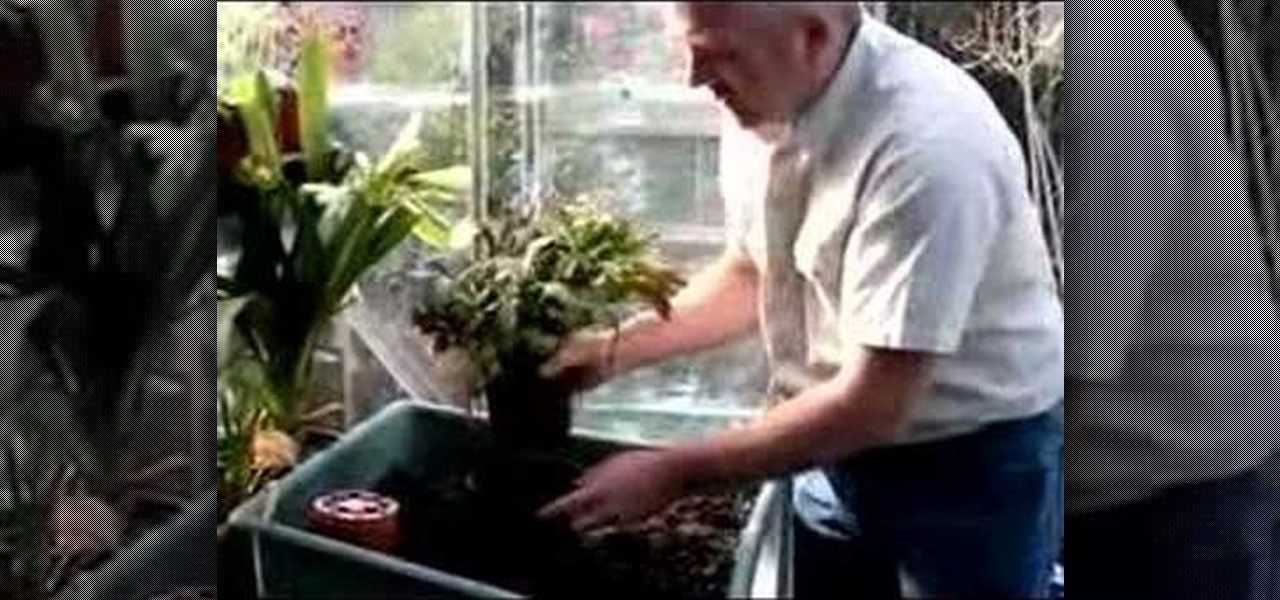
How To: Repot plants
Potted plants of all kinds, whether in the house, greenhouse or outside, need repotting eventually. There are several reasons, the most obvious being that they simply get larger and top-heavy. Most houseplants don't need repotting that often because, if we give them plenty of liquid fertilizer in the growing season, they won't be short of nutrients and should therefore be healthy.

How To: Divide and pot Canna lilies
If you want some large, bold foliage in a border during the summer, canna lilies take some beating. They are really easy to grow either in the border or large pots and produce large paddle shaped leaves and tall flower spikes. Canna lilies aren't hardy plants so unless you live in a very sheltered area it is wise to dig them up in autumn and store the fleshy roots in a frost free place. Increasing your stock of canna plants is very easy with the tips from this how to video.

How To: Graft an Adenium plant for propagation
This three part how to video sequence shows you a how to graft an Adenium plant. Watch, do some stem cutting and start growing beautiful plants for your garden.
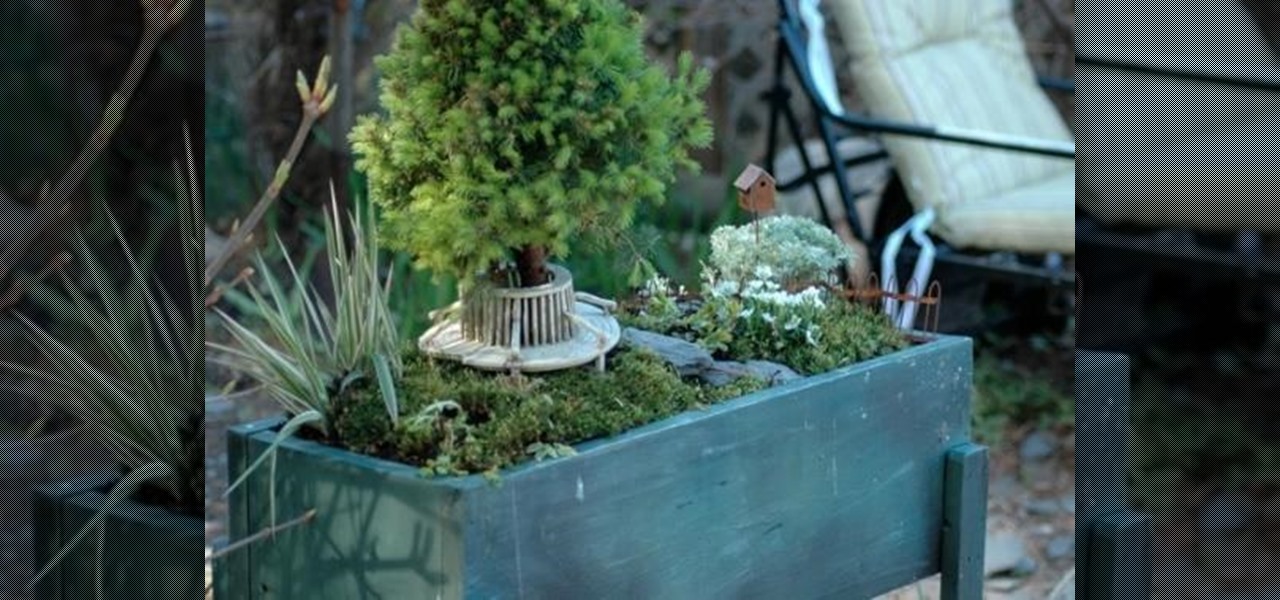
News: The Wonder of Plants
Have you seen all the adorable miniature garden ideas? Containers of some sort (wood boxes, planters, drawers, wheel barrows, bird baths…) hold a little scene full of tiny living plants along with little adornments like garden benches, hardscapes and paths. They are absolutely enchanting for all ages and how fun to shop the house and find special little things to decorate your tiny garden whether indoors or out. Not only can you plant real, live tiny plants in your garden. Consider little suc...
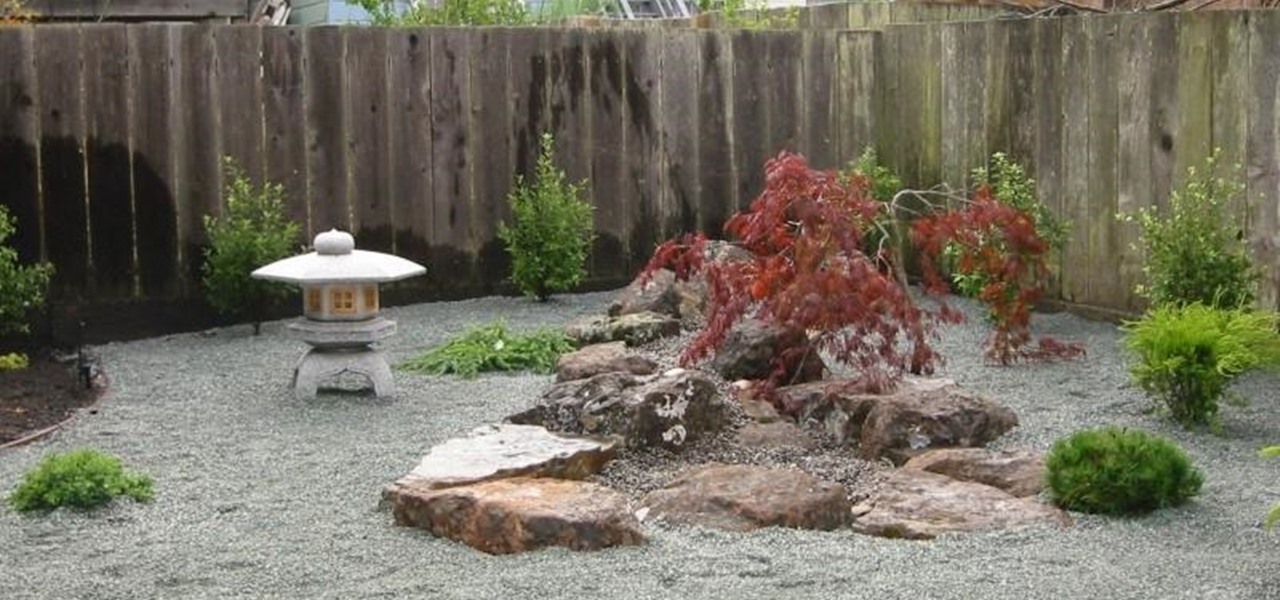
How To: Create Japanese Style Landscape
So you've decided to transform your drab backyard into a Japanese Zen garden. You've made the right choice. Yes, tire swings and crab grass can slowly kill the soul. That being said, a bit of planning lies ahead. This article offers a list of How To tips, culled from the Landscape Network and other professional Japanese style landscapers, for planning an effective Japanese style landscape in your home. Step 1: Research.
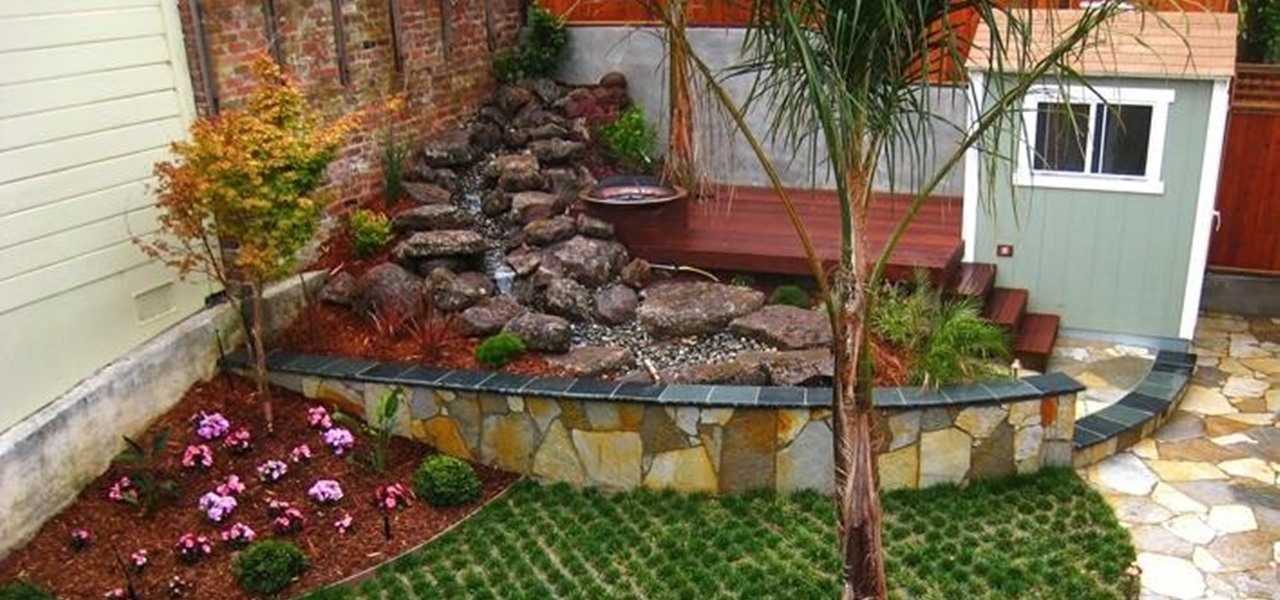
How To: Choose the Right Water Feature for Your Garden
Adding water features to your garden can help to create an enviroment that more closely resembles nature. The sound of a trickling fountain can make your garden feel more peaceful and relax. Paul Tamate, a leading landscape designer working with water features and Asian-inspired garden designs in San Francisco says, "design spectacular water features as the centerpiece of gardens that serve as retreats from modern life."
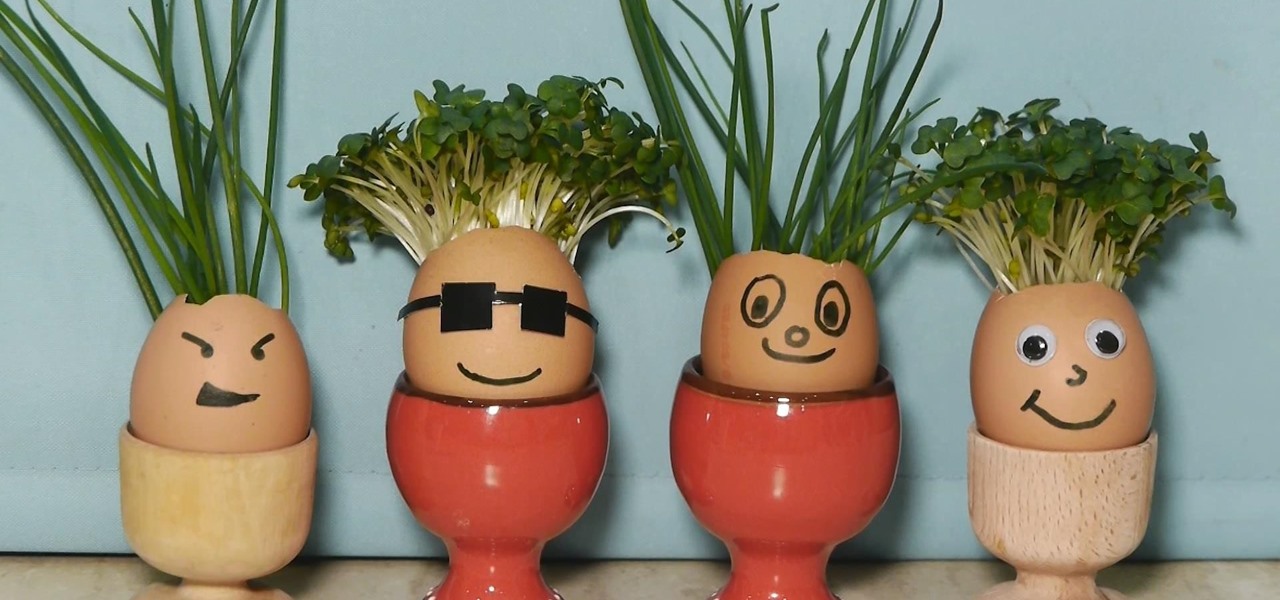
How To: Alternative Easter Eggs
How to make eggshell planters. Great fun to do with the Kids this Easter Step 1: Watch This Video Guide

How To: Prune Grape Vines Using the Four-Arm Kniffin System
This how-to will show you easy step-by-step instructions for pruning your grape vines for growing great grapes.
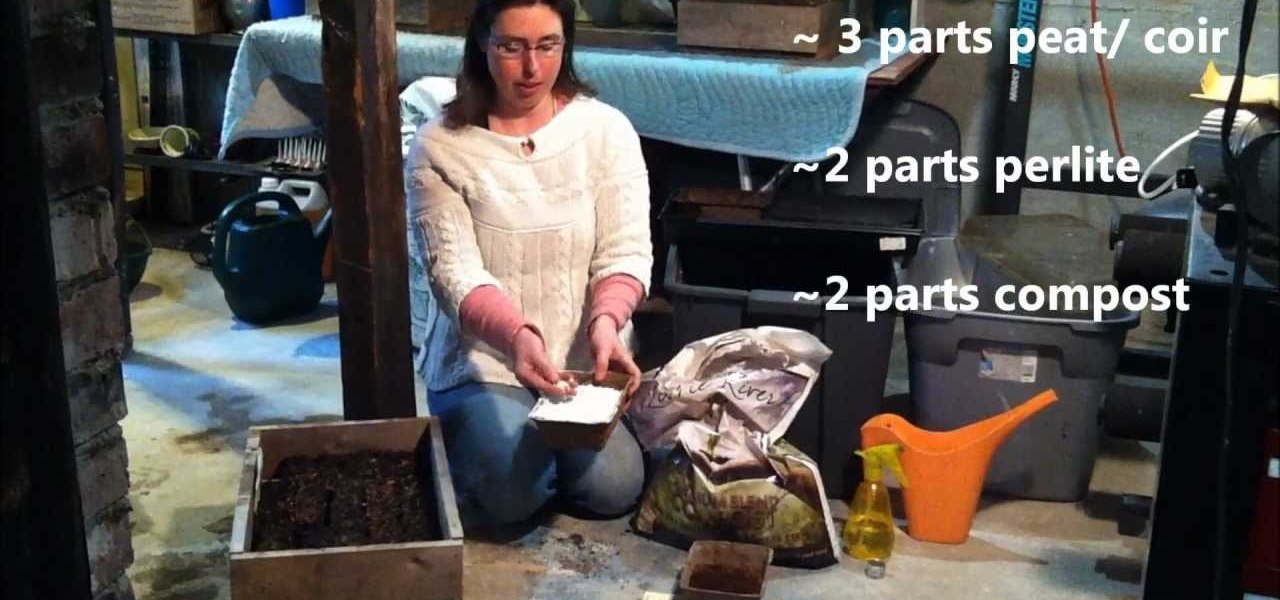
How To: Start Your Own Organic Seedlings Indoors
Starting your own seedlings is a great way to save money, have a wider selection of varieties and gain personal satisfaction. Here are easy to follow tips on getting your seeds off to a great start.

How To: Select Basic Garden Tools and Learn Basic Plant Types
Gardening school is in session and Shirley is teaching the absolute basics, such as: what to wear, what tools to use, what is the difference between an annual, perennial, and biennial? What is a garden zone, and which one is yours? Class is in session, so spit out your gum and listen up. Time to learn Gardening 101.
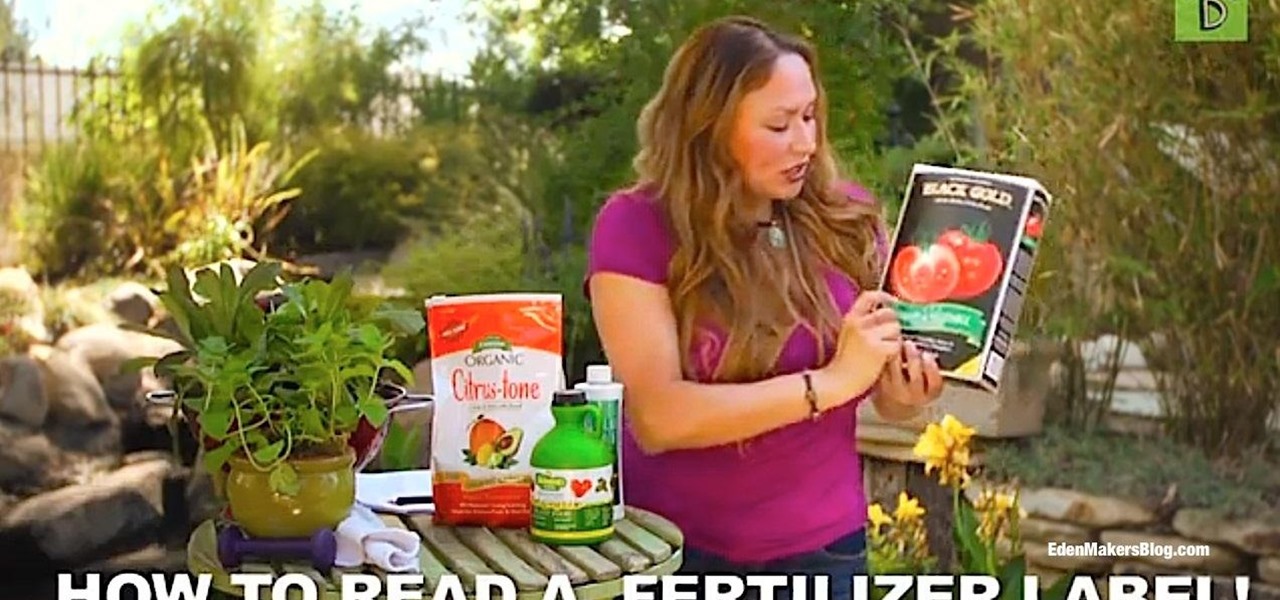
How To: Feed Your Soil and Read a Fertilizer Label
Don't be intimidated about plant nutrition and how to read those mysterious numbers on fertilizer labels! Watch this funny and memorable video that breaks down the basics of fertilizing and shows you how to feed your plants.

How to Kill a Slug: An Original Music Video
Slugs are the bane of a gardeners existence but they are not going to win this war! Watch this funny, short music video, YES, music video that will have you tapping your toes and memorizing tons of ways to kill a slug! It works!




